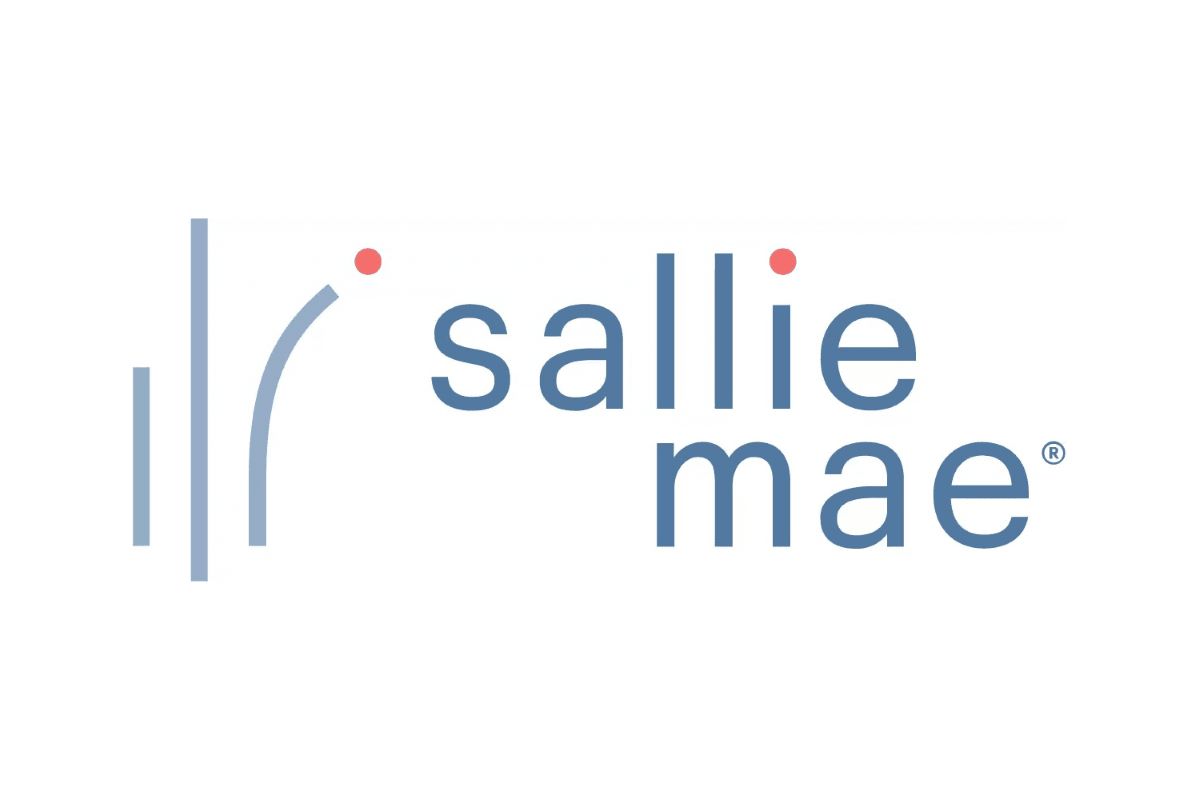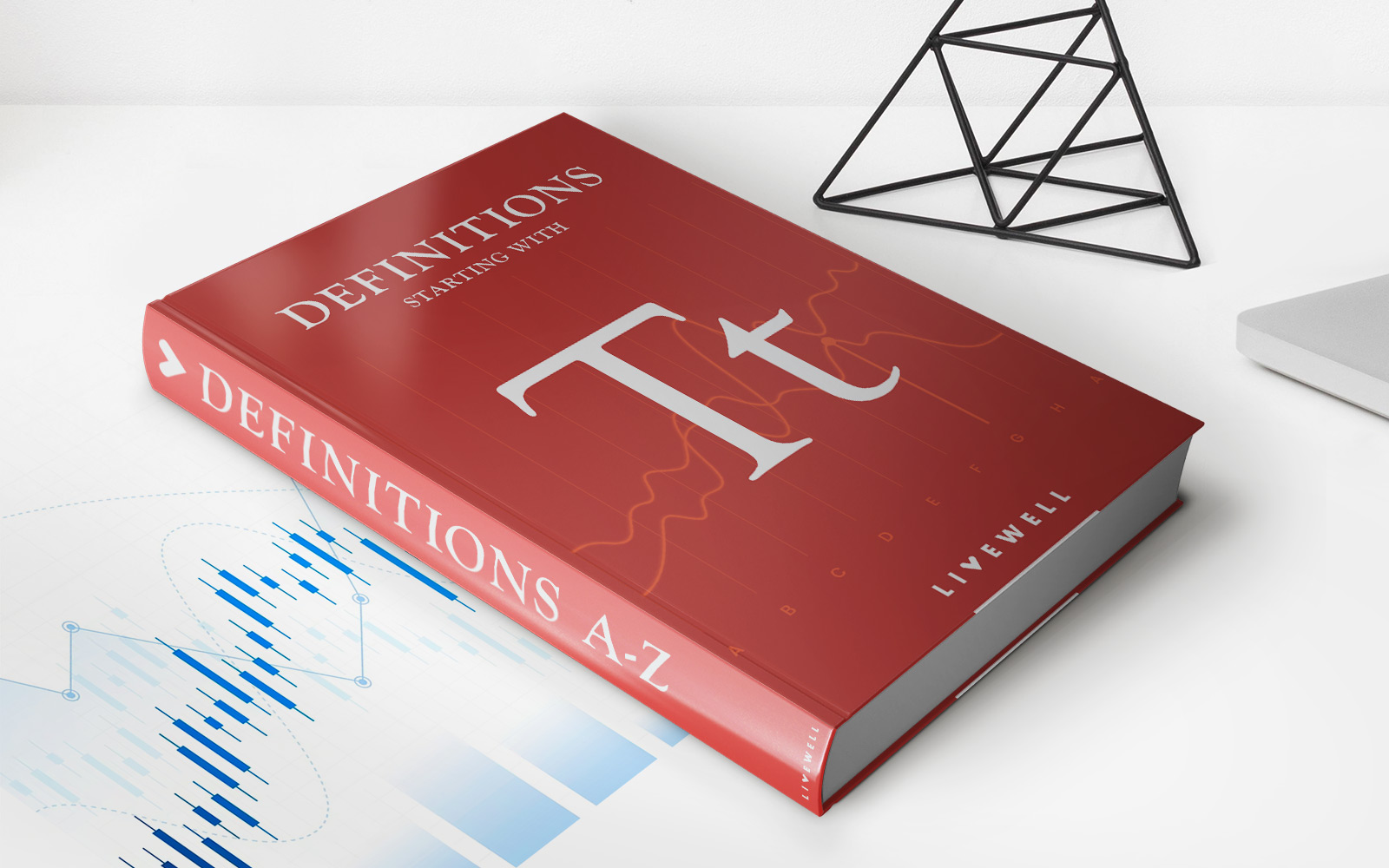

Finance
What Is Available Revolving Credit Line
Published: February 29, 2024
Explore the benefits of a revolving credit line and manage your finances with ease. Learn how this flexible financing option can support your financial goals. Unlock greater financial flexibility today.
(Many of the links in this article redirect to a specific reviewed product. Your purchase of these products through affiliate links helps to generate commission for LiveWell, at no extra cost. Learn more)
Table of Contents
Introduction
In the realm of personal and business finance, having access to flexible and convenient credit options is crucial for managing cash flow, seizing opportunities, and navigating financial challenges. One such financial tool that offers this flexibility is a revolving credit line. Understanding the nature of revolving credit lines, how they work, and their potential benefits and drawbacks is essential for individuals and businesses seeking to make informed financial decisions.
A revolving credit line, often referred to as a revolving line of credit, is a financial arrangement that provides borrowers with access to a predetermined amount of funds, which can be utilized as needed. Unlike traditional term loans, where the borrower receives a lump sum upfront and repays it over a fixed period, a revolving credit line allows for multiple borrowings and repayments within the specified credit limit. This flexibility makes it a versatile and valuable financial instrument for various purposes, including managing working capital, funding projects, and addressing unexpected expenses.
In this comprehensive guide, we will delve into the intricacies of revolving credit lines, exploring their types, accessibility, advantages, and disadvantages. By gaining a deeper understanding of this financial tool, readers can gain the knowledge needed to evaluate whether a revolving credit line aligns with their financial goals and circumstances. Whether you're a business owner seeking to bolster your company's financial agility or an individual looking for flexible credit options, this guide will equip you with the insights to navigate the world of revolving credit lines with confidence.
Understanding Revolving Credit Lines
At its core, a revolving credit line operates as a flexible pool of funds that borrowers can access on an ongoing basis. This financial arrangement does not have a fixed end date, allowing borrowers to borrow, repay, and re-borrow funds within the predetermined credit limit. One of the defining features of revolving credit lines is the revolving nature of the available credit, which sets it apart from traditional term loans.
When a borrower accesses funds from a revolving credit line, they are essentially tapping into a reservoir of available credit. As they repay the borrowed amount, the available credit is replenished, providing the borrower with the ability to borrow again without the need for a new application process. This revolving mechanism grants borrowers the flexibility to address immediate financial needs without the constraints of a fixed repayment schedule.
Revolving credit lines are commonly associated with financial products such as credit cards and home equity lines of credit (HELOCs). Credit cards, for example, provide cardholders with a revolving credit line that can be utilized for purchases, cash advances, or balance transfers. As cardholders make payments towards their outstanding balances, the available credit is refreshed, allowing for ongoing use within the credit limit.
For businesses, revolving credit lines play a vital role in managing cash flow fluctuations and funding short-term operational needs. With a business line of credit, companies can swiftly access funds to cover expenses such as inventory purchases, payroll, and equipment maintenance, thereby maintaining smooth operations and seizing growth opportunities as they arise.
Understanding the mechanics of revolving credit lines empowers borrowers to leverage this financial tool effectively. By grasping the concept of revolving credit and its operational dynamics, individuals and businesses can make informed decisions regarding when and how to utilize this flexible form of credit, aligning its use with their financial objectives and obligations.
Types of Revolving Credit Lines
Revolving credit lines encompass a diverse array of financial products tailored to meet the varying needs of consumers and businesses. Understanding the different types of revolving credit lines is essential for selecting the most suitable option based on specific financial requirements and preferences.
Credit Cards: Perhaps the most ubiquitous form of revolving credit, credit cards provide cardholders with a revolving line of credit that can be utilized for purchases, balance transfers, and cash advances. Cardholders can access funds up to a predetermined credit limit and make repayments based on the outstanding balance, with the flexibility to carry a balance from month to month, subject to interest charges.
Home Equity Lines of Credit (HELOCs): Homeowners can leverage the equity in their homes to secure a revolving line of credit known as a HELOC. This type of credit line allows borrowers to tap into the equity built in their homes, providing access to funds for home improvements, debt consolidation, or other expenses. HELOCs typically feature variable interest rates and draw periods during which borrowers can access funds, followed by repayment periods.
Business Lines of Credit: Designed to meet the financial needs of businesses, these revolving credit lines provide companies with access to funds for managing working capital, covering operational expenses, and seizing growth opportunities. Business lines of credit offer flexibility and can be instrumental in addressing short-term cash flow fluctuations and funding essential business activities.
Personal Lines of Credit: Individuals seeking a flexible credit option beyond traditional loans can opt for personal lines of credit. These credit lines provide borrowers with access to funds that can be used for various purposes, such as home repairs, medical expenses, or unexpected financial needs. Personal lines of credit typically feature variable interest rates and may require collateral depending on the lender’s terms.
By recognizing the diverse landscape of revolving credit lines, borrowers can identify the most suitable option that aligns with their financial objectives and circumstances. Whether it’s managing personal finances, leveraging home equity, or supporting business operations, the availability of various types of revolving credit lines empowers borrowers to address their financial needs with flexibility and control.
How to Access a Revolving Credit Line
Accessing a revolving credit line involves a series of steps that vary depending on the type of credit line and the lending institution. Whether it’s obtaining a credit card, securing a home equity line of credit (HELOC), or establishing a business line of credit, understanding the general process of accessing a revolving credit line is essential for individuals and businesses seeking to harness this financial resource.
Application Process: For most types of revolving credit lines, the journey begins with the application process. Whether applying for a credit card, HELOC, or business line of credit, borrowers are typically required to submit an application to the respective financial institution. The application may involve providing personal or business financial information, details about the intended use of the credit line, and, in the case of HELOCs and business lines of credit, information about collateral and the purpose of the funds.
Evaluation and Approval: Once the application is submitted, the financial institution evaluates the borrower’s creditworthiness, financial standing, and other relevant factors to determine whether to approve the credit line. This assessment may involve reviewing credit scores, income verification, and the borrower’s debt-to-income ratio. For business lines of credit, the evaluation process may also consider the company’s financial performance, industry trends, and the purpose of the credit line.
Establishing Credit Limit and Terms: Upon approval, the financial institution establishes the credit limit and outlines the terms and conditions of the revolving credit line. This includes details such as the interest rate, repayment terms, any associated fees, and, in the case of HELOCs and business lines of credit, the draw period and repayment period.
Accessing Funds: Once the revolving credit line is established, borrowers can access funds within the specified credit limit. For credit cards, this may involve making purchases, obtaining cash advances, or transferring balances. HELOC and business line of credit borrowers can typically access funds through checks, electronic transfers, or specific credit line-linked accounts.
By understanding the process of accessing a revolving credit line, borrowers can navigate the application, evaluation, and utilization stages with clarity and confidence. Whether it’s leveraging a personal line of credit for financial flexibility or securing a business line of credit to fuel growth, the accessibility of revolving credit lines empowers individuals and businesses to manage their financial needs effectively.
Advantages of Revolving Credit Lines
Revolving credit lines offer a host of advantages that cater to the diverse financial needs of individuals and businesses, providing flexibility, convenience, and strategic financial management. Understanding the benefits of revolving credit lines can empower borrowers to make informed decisions about leveraging this financial tool to achieve their objectives.
Flexibility: One of the primary advantages of revolving credit lines is the flexibility they offer. Unlike traditional term loans, which provide a lump sum of funds with a fixed repayment schedule, revolving credit lines allow borrowers to access funds as needed within the predetermined credit limit. This flexibility makes revolving credit lines ideal for managing fluctuating expenses, addressing unexpected financial needs, and seizing time-sensitive opportunities.
Convenience: Revolving credit lines provide a convenient source of ongoing funding, eliminating the need to reapply for a new loan each time funds are required. Whether it’s using a credit card for everyday purchases, tapping into a home equity line of credit for home improvements, or accessing a business line of credit to manage operational expenses, the convenience of revolving credit lines streamlines the borrowing process.
Interest Savings: Revolving credit lines offer interest savings through their “pay-as-you-go” structure. Borrowers are only charged interest on the outstanding balance, providing an opportunity to minimize interest costs by making timely repayments. This interest-saving feature is particularly beneficial for individuals and businesses seeking to optimize their cost of borrowing while maintaining financial agility.
Financial Planning and Cash Flow Management: For businesses, revolving credit lines facilitate effective financial planning and cash flow management. By having access to a revolving line of credit, companies can navigate seasonal fluctuations, capitalize on growth opportunities, and address short-term financial needs without disrupting their operational and investment plans.
Emergency Preparedness: Revolving credit lines serve as a valuable resource for emergency preparedness. Individuals can leverage personal lines of credit for unexpected medical expenses, home repairs, or temporary loss of income, providing a financial safety net during challenging times. Similarly, businesses can use business lines of credit to weather unexpected cash flow disruptions or capitalize on sudden business prospects.
By recognizing the advantages of revolving credit lines, borrowers can harness the flexibility, convenience, and strategic value offered by this financial tool. Whether it’s optimizing personal finances, managing business operations, or preparing for unforeseen circumstances, the advantages of revolving credit lines contribute to effective financial management and decision-making.
Disadvantages of Revolving Credit Lines
While revolving credit lines offer flexibility and convenience, they also present certain disadvantages that borrowers should consider when evaluating their financial options. Understanding the potential drawbacks of revolving credit lines is essential for making well-informed decisions and mitigating risks associated with this form of borrowing.
Interest Costs: One of the primary disadvantages of revolving credit lines is the potential for accruing high-interest costs, especially if the outstanding balances are not promptly repaid. The revolving nature of the credit lines means that interest is charged on the remaining balance, and carrying a balance from month to month can lead to substantial interest expenses over time.
Debt Accumulation: Revolving credit lines can contribute to debt accumulation if not managed responsibly. The accessibility of ongoing funds may lead to overborrowing, resulting in increased debt burdens for individuals and businesses. Without disciplined financial management, revolving credit lines can exacerbate financial strain and hinder long-term financial stability.
Impact on Credit Scores: Utilizing a significant portion of the available credit on revolving credit lines can impact credit scores. High credit utilization ratios, which reflect the amount of credit being used relative to the total available credit, can negatively affect credit scores. This, in turn, may limit access to favorable lending terms and impact future borrowing capabilities.
Variable Interest Rates: Certain types of revolving credit lines, such as HELOCs and some credit cards, feature variable interest rates. While variable rates may initially offer lower costs, they are susceptible to fluctuations based on market conditions, potentially leading to increased borrowing costs over time.
Potential for Overreliance: Revolving credit lines can create a risk of overreliance on borrowed funds, especially in the absence of a clear repayment strategy. This overreliance may impede financial independence and lead to a cycle of continuous borrowing, hindering the achievement of long-term financial goals.
By acknowledging the potential disadvantages of revolving credit lines, borrowers can approach these financial tools with a balanced perspective, taking proactive measures to mitigate the associated risks. Responsible borrowing practices, diligent repayment strategies, and prudent credit utilization can help individuals and businesses navigate the potential pitfalls of revolving credit lines while leveraging their benefits effectively.
Conclusion
Revolving credit lines represent a dynamic and versatile financial resource that caters to the evolving needs of individuals and businesses. With their flexibility, convenience, and strategic value, revolving credit lines offer a valuable means of managing cash flow, addressing financial needs, and seizing opportunities. However, it is essential for borrowers to approach these credit lines with a thorough understanding of their advantages, disadvantages, and the responsibilities that come with their utilization.
By comprehending the mechanics of revolving credit lines and the diverse array of options available, borrowers can make informed decisions aligned with their financial objectives. Whether it’s leveraging a credit card for everyday purchases, tapping into a home equity line of credit for home improvements, or securing a business line of credit to fuel growth, the accessibility of revolving credit lines empowers individuals and businesses to manage their financial needs effectively.
As with any financial tool, responsible borrowing practices and prudent financial management are integral to maximizing the benefits of revolving credit lines while mitigating potential risks. By maintaining disciplined repayment strategies, monitoring credit utilization, and staying attuned to market conditions for variable-rate credit lines, borrowers can harness the advantages of revolving credit lines while safeguarding their financial well-being.
In conclusion, revolving credit lines offer a dynamic and adaptable approach to borrowing, providing a lifeline for managing personal and business finances. By embracing the opportunities presented by revolving credit lines and navigating their complexities with diligence and foresight, borrowers can optimize their financial agility and resilience, positioning themselves for long-term success and stability.














